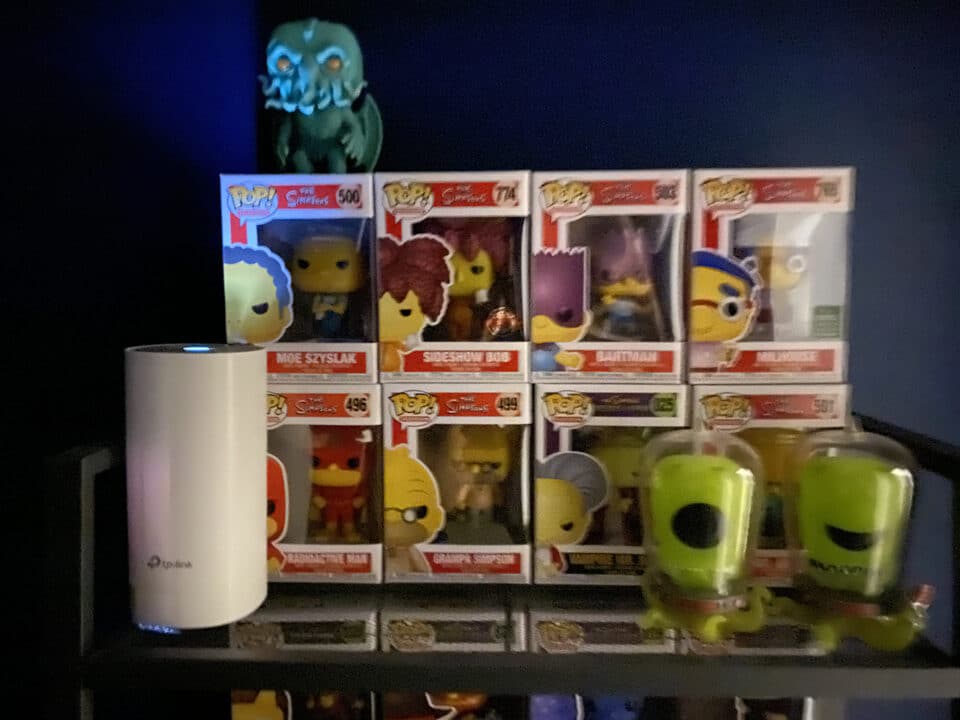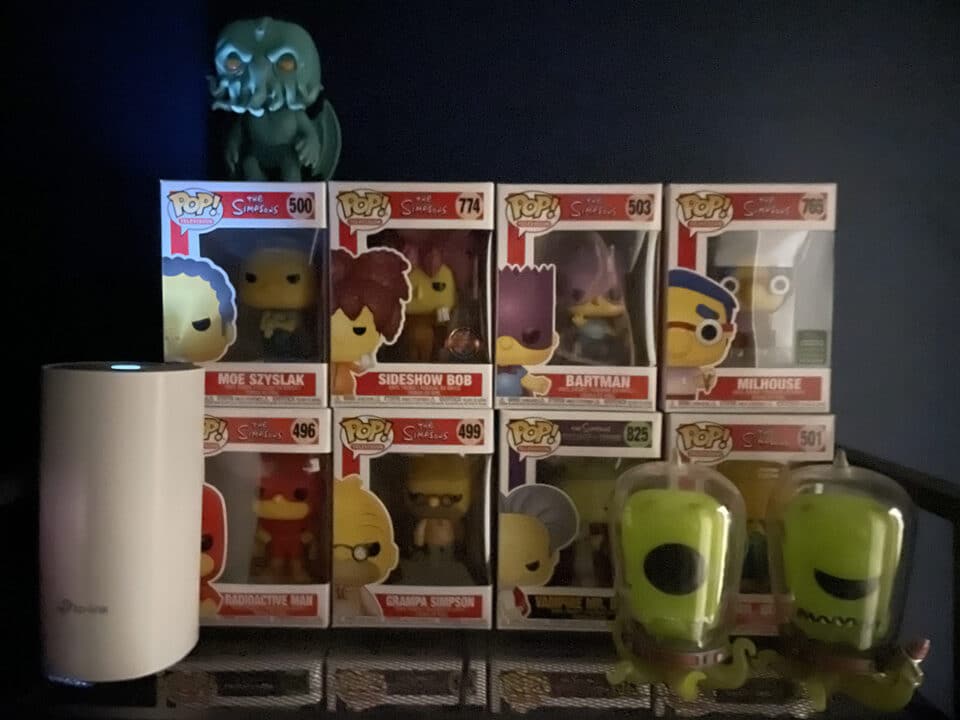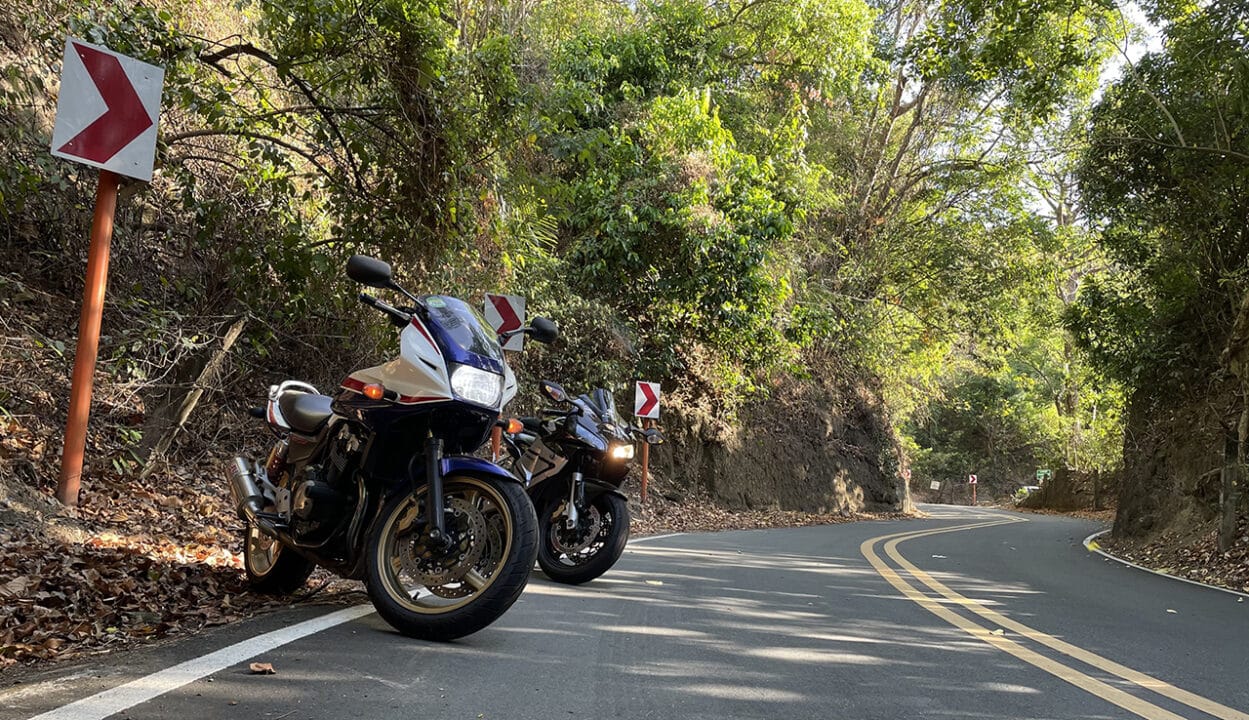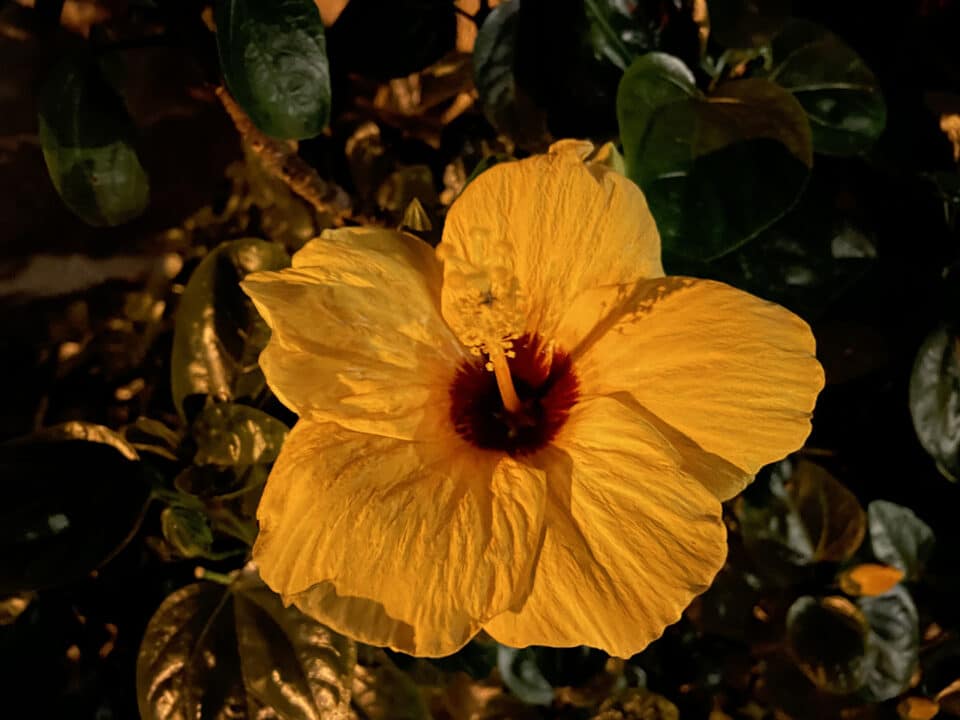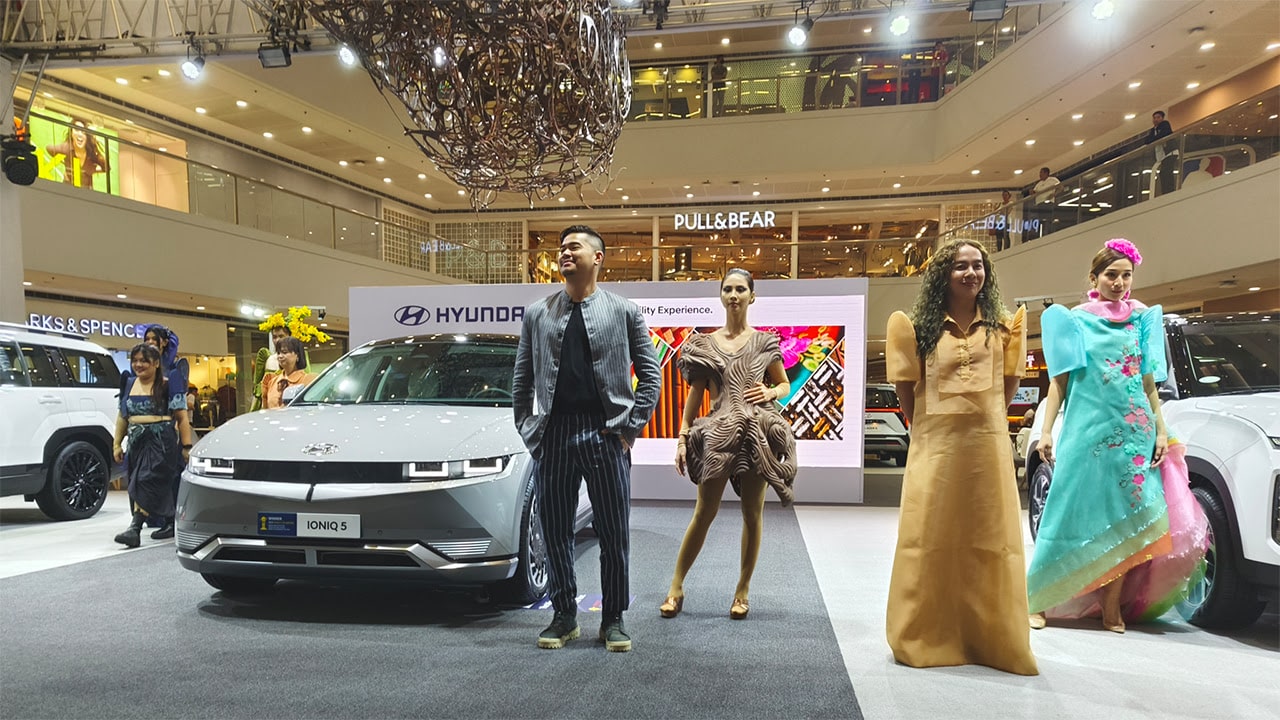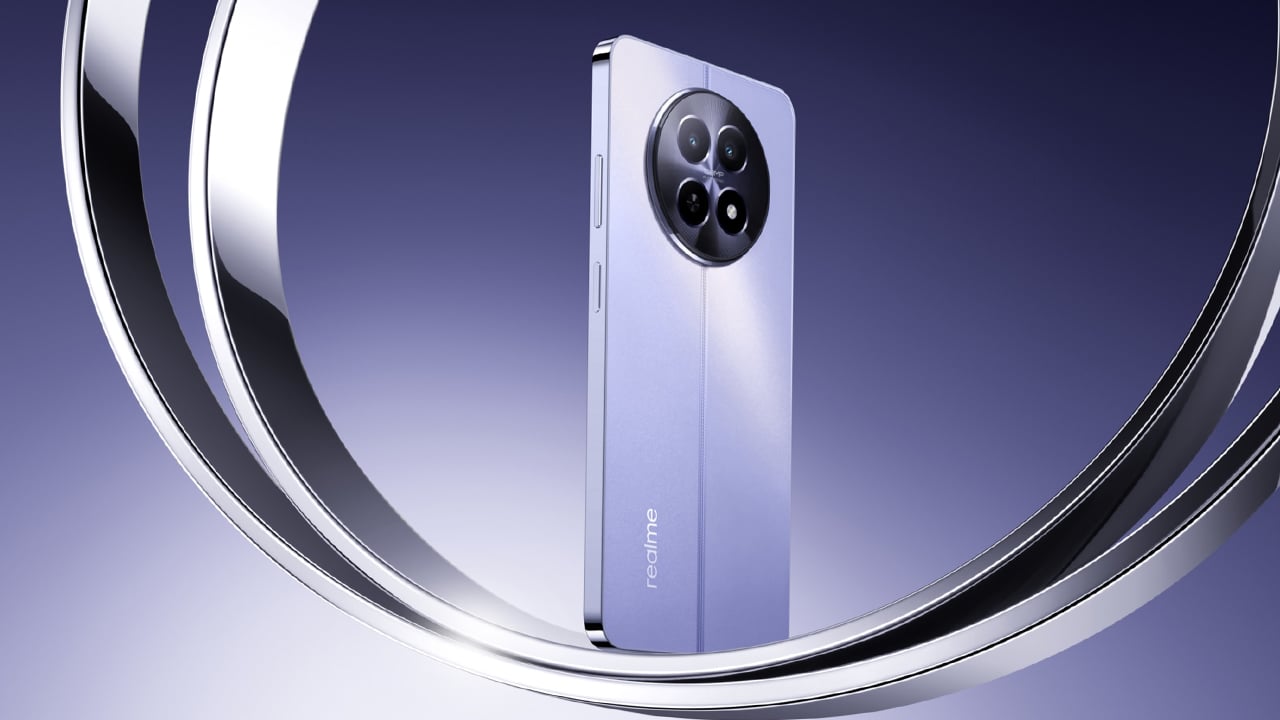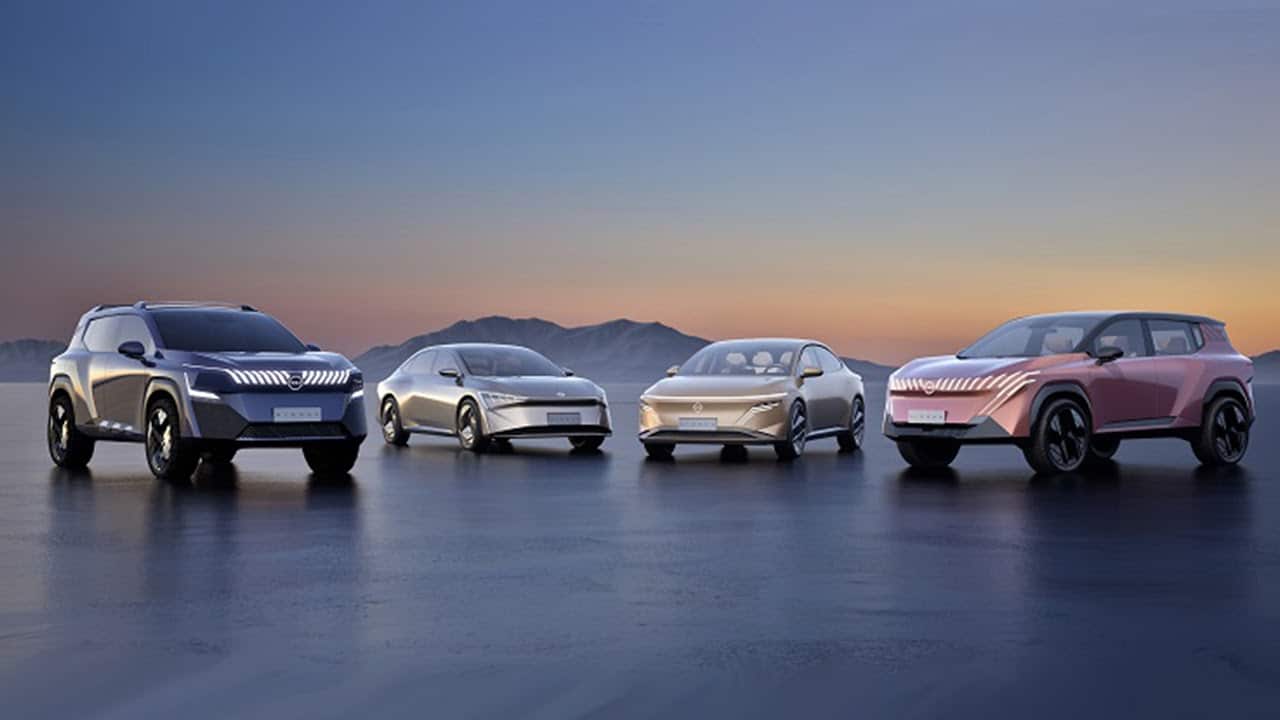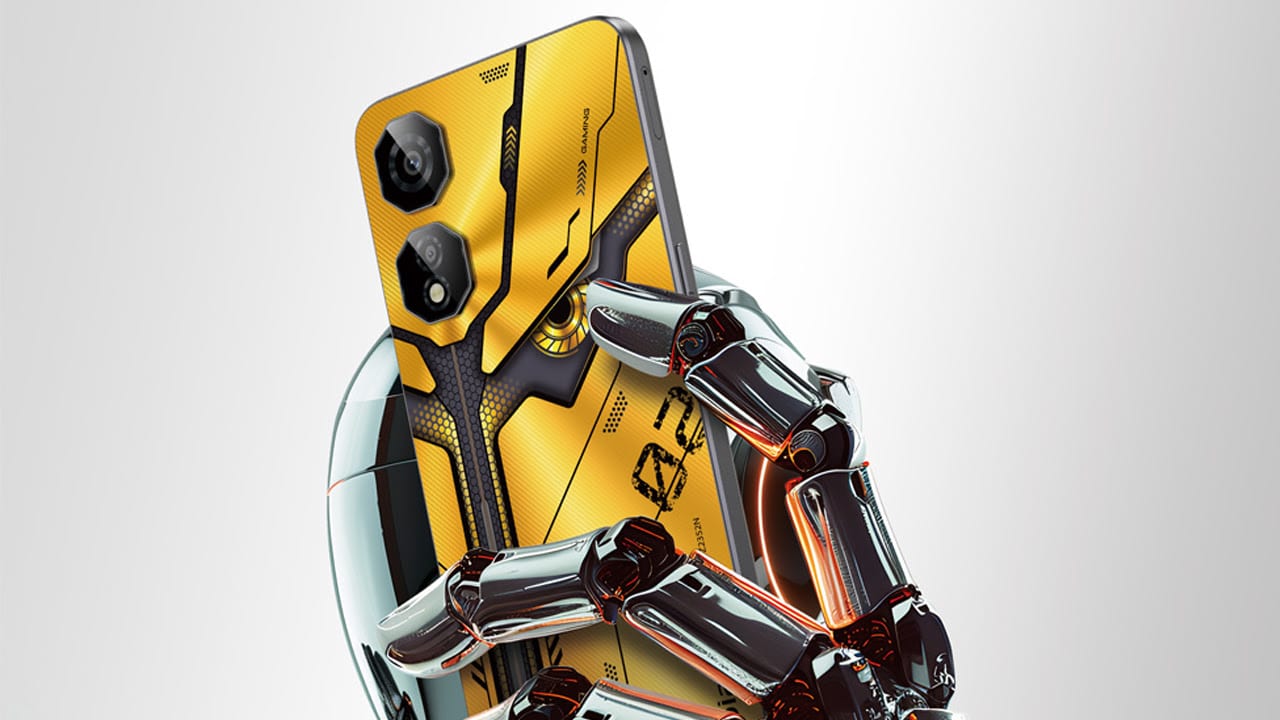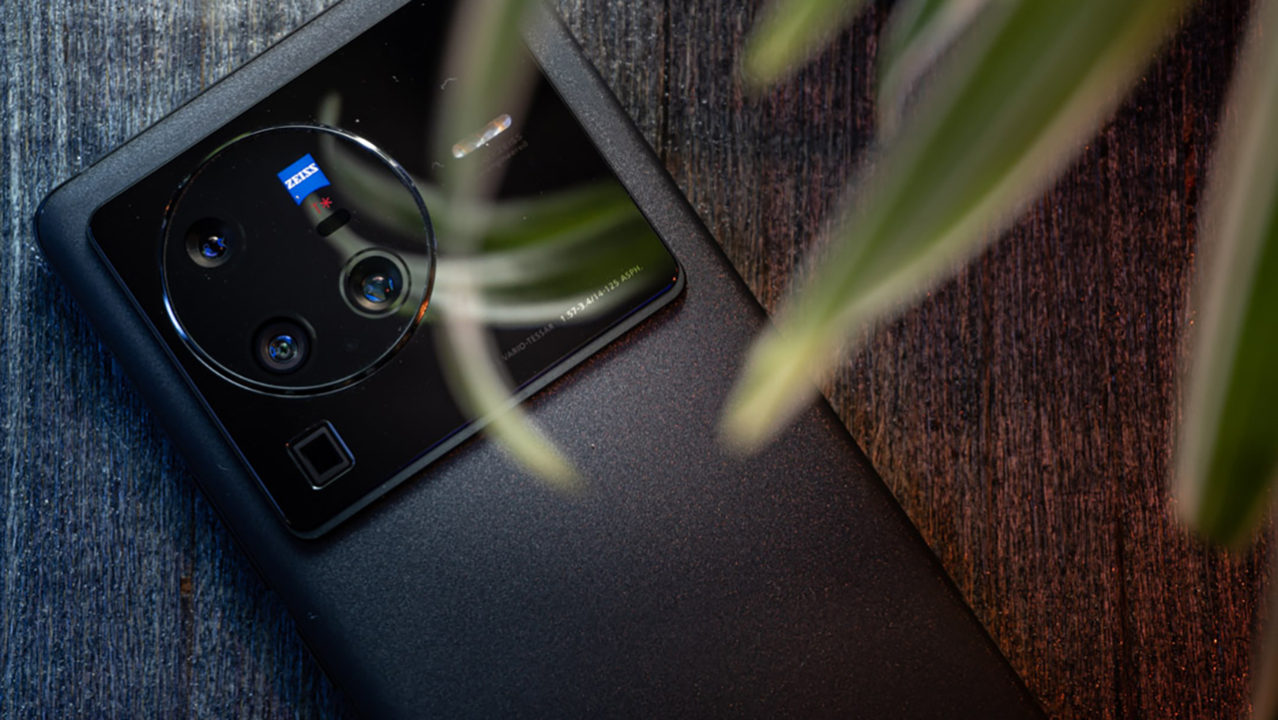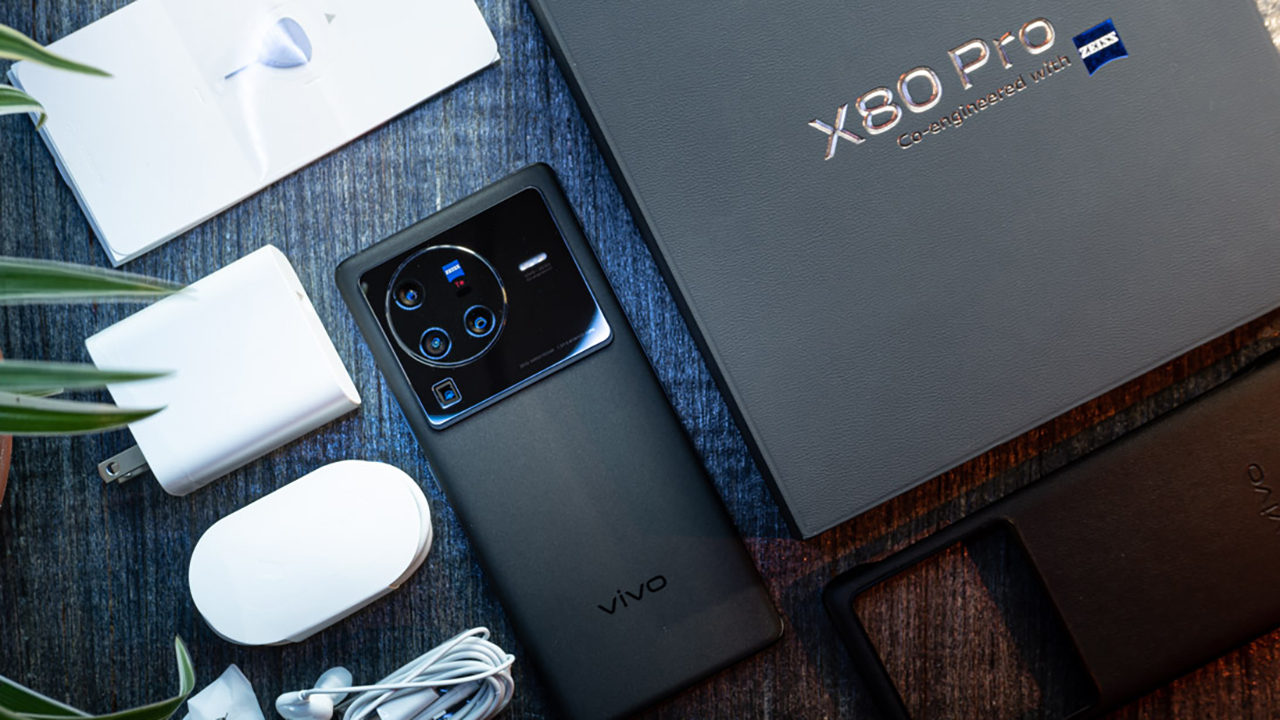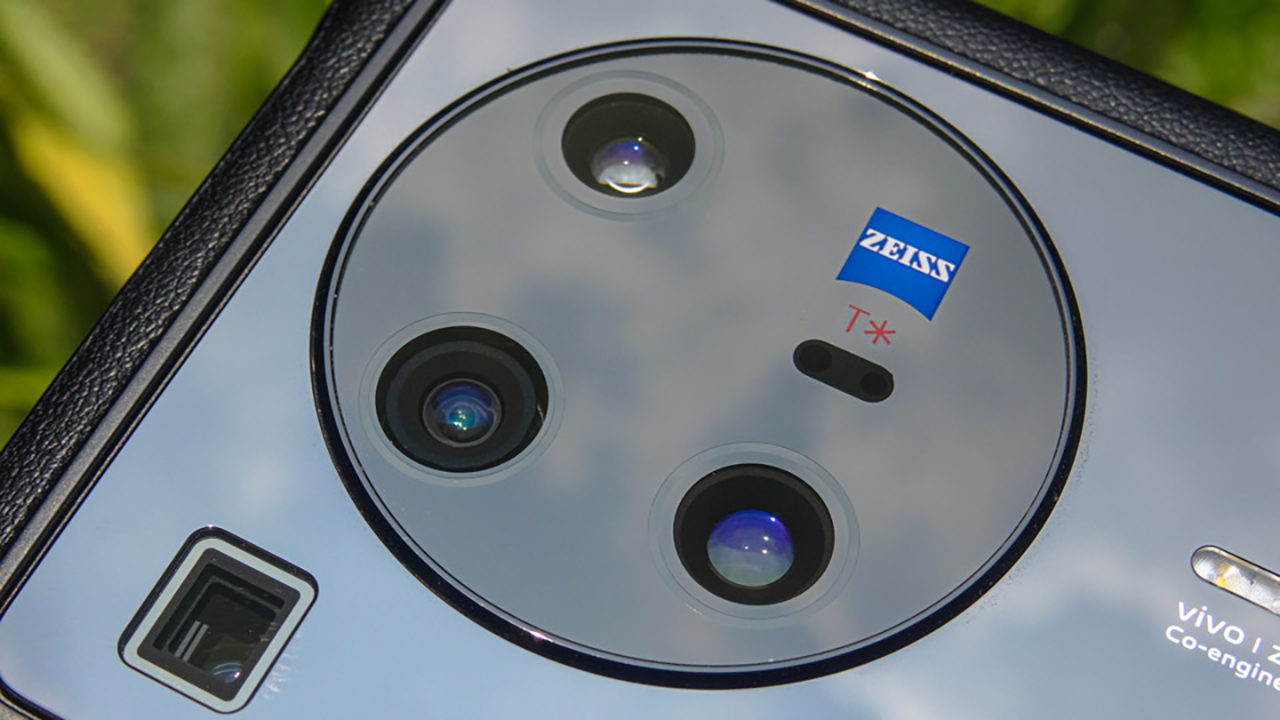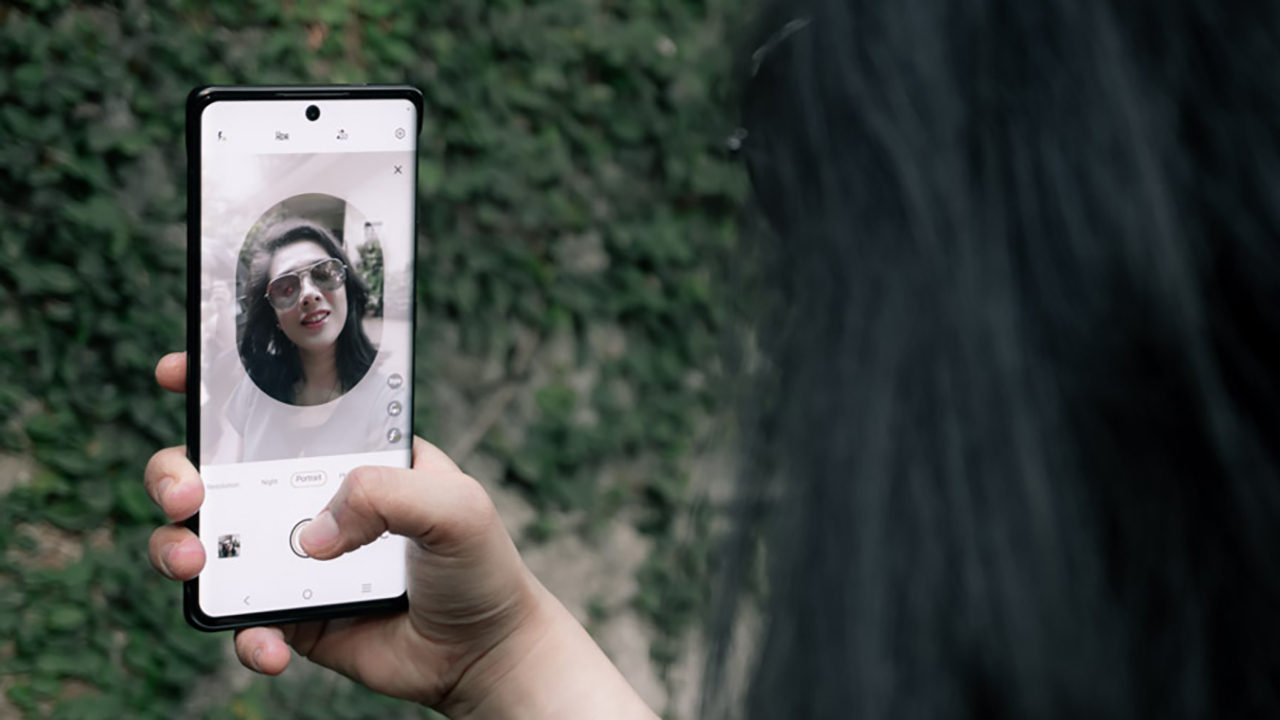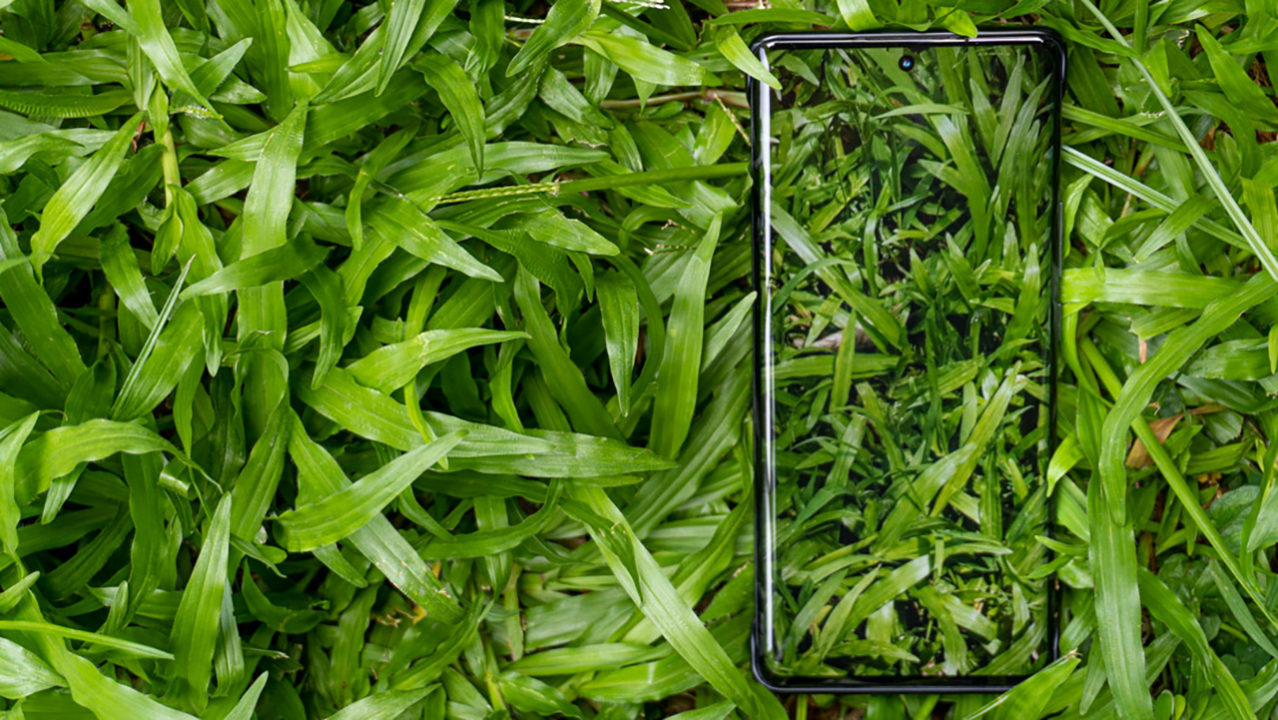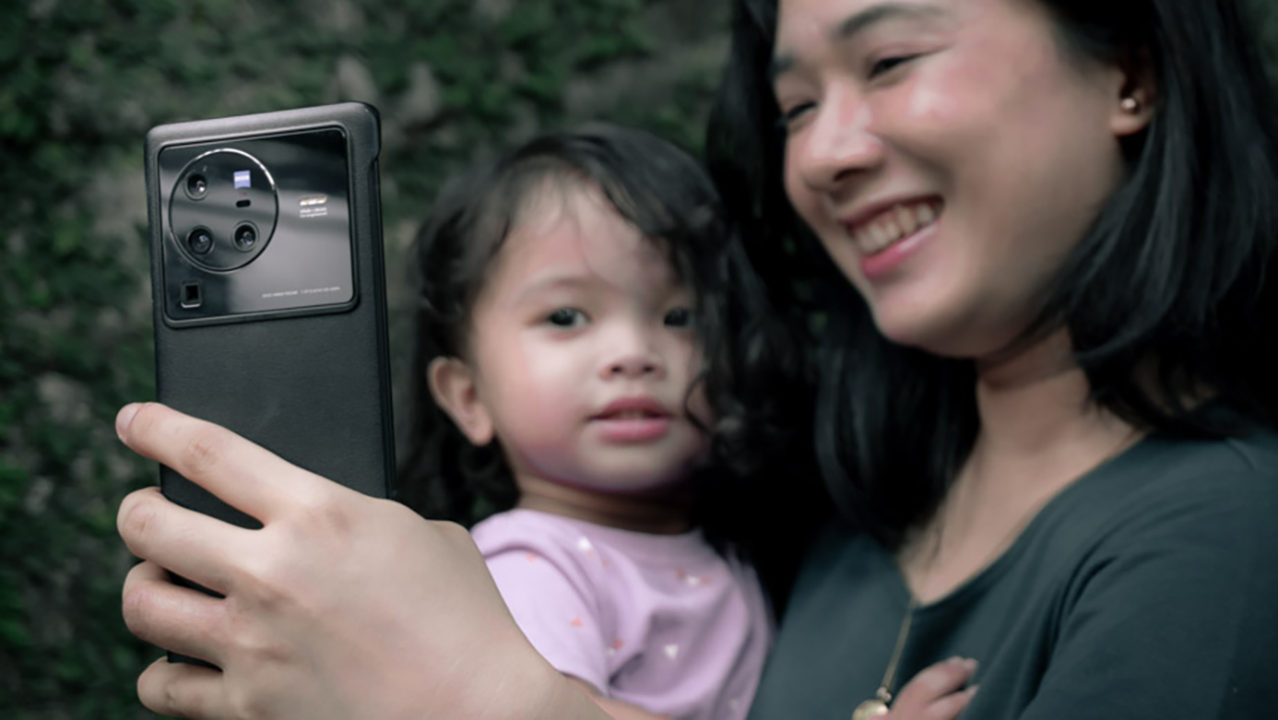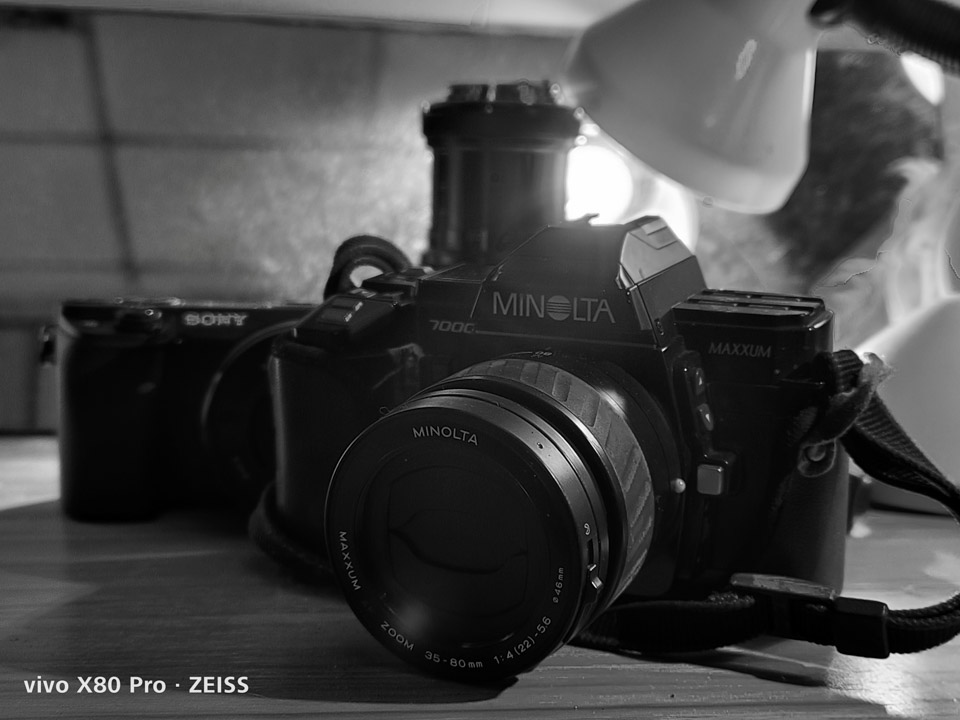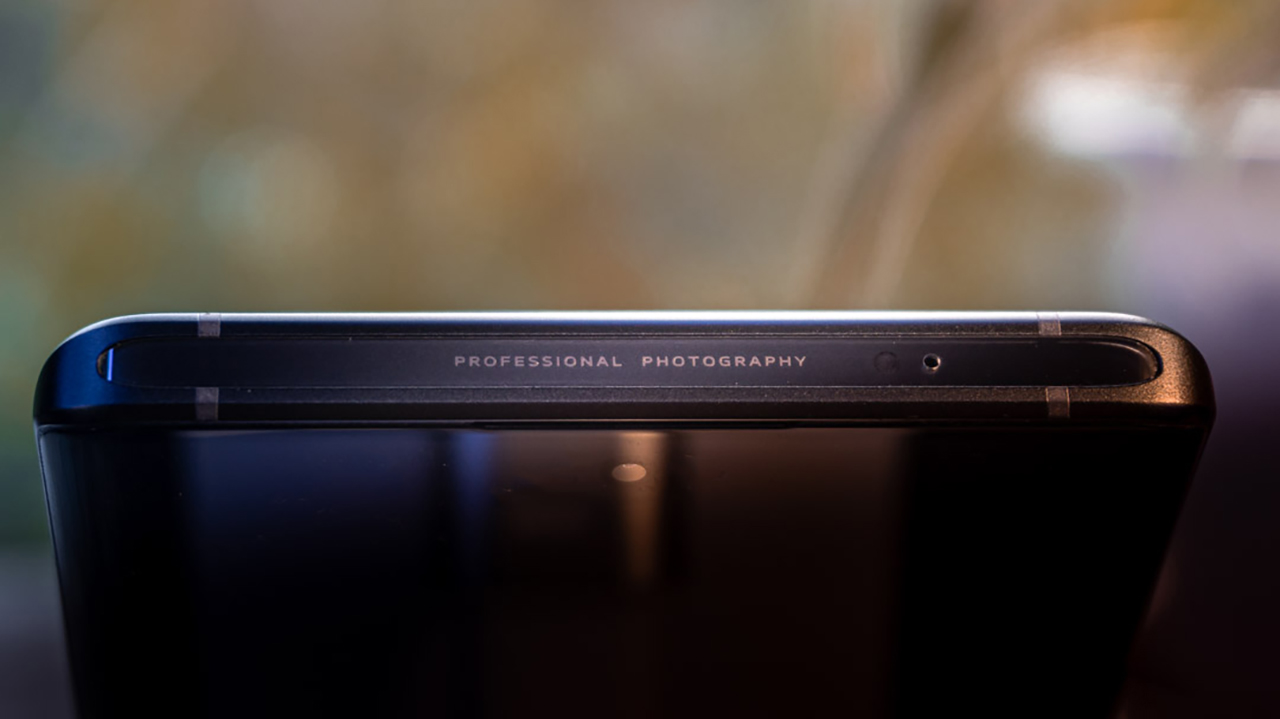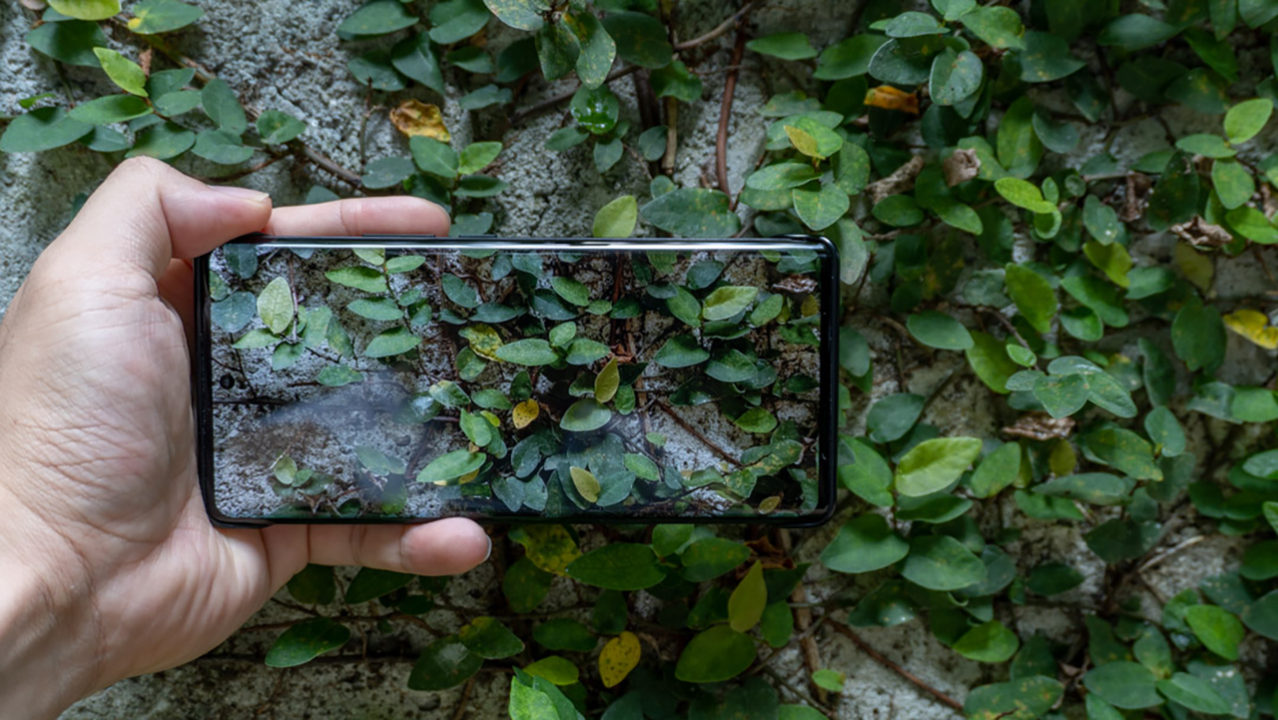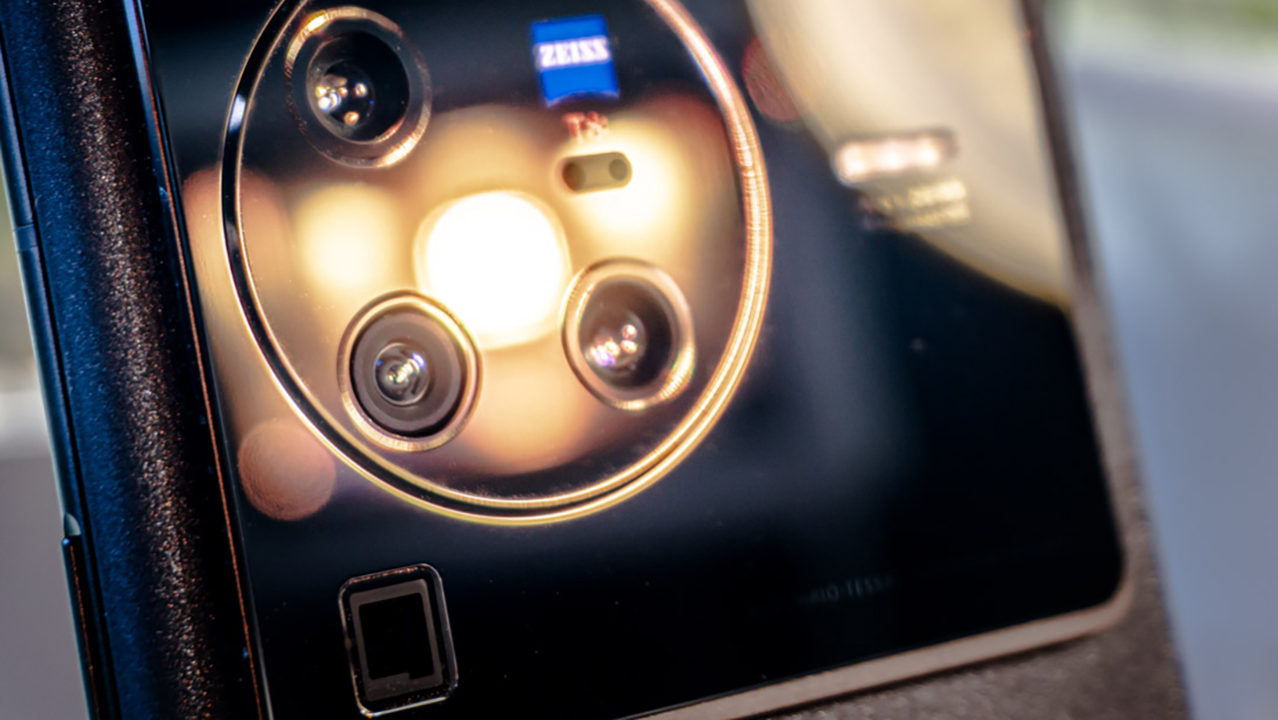I have been excited about the new iPhone.
I got it as soon as it came out and it was the first time in a long time that I’ve sought out to get an Apple product as soon as the first reviews rolled out online. I haven’t felt this way about an Apple product since the first Macbook Air commercial in 2008.
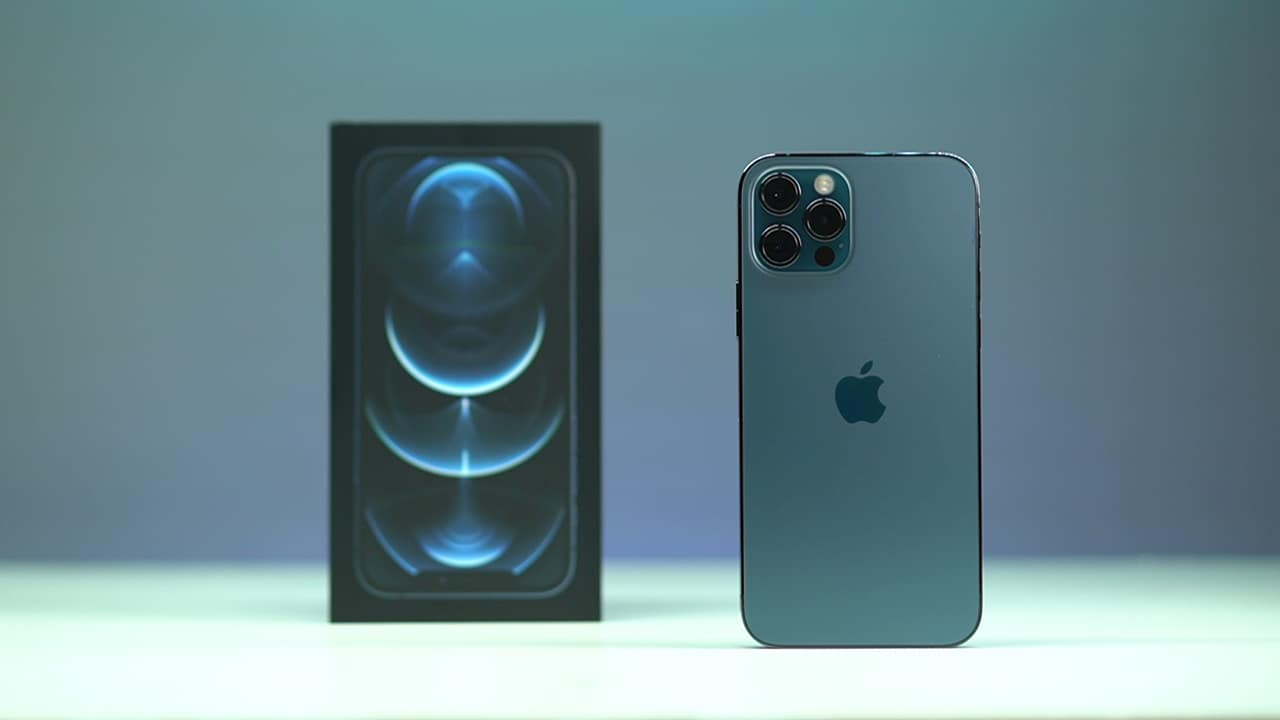
Remember when the Macbook Air was slowly pulled out from an 8 x 10 brown envelope with Yael Naim’s New Soul playing in the background? That was a great Apple moment for me, everything after that just didn’t give the same feels.
Oh, and just in case you want to revisit that old commercial:
But now that Apple has given us the iPhone 12, let’s unpack why it’s got me (and the world) excited again.
Design
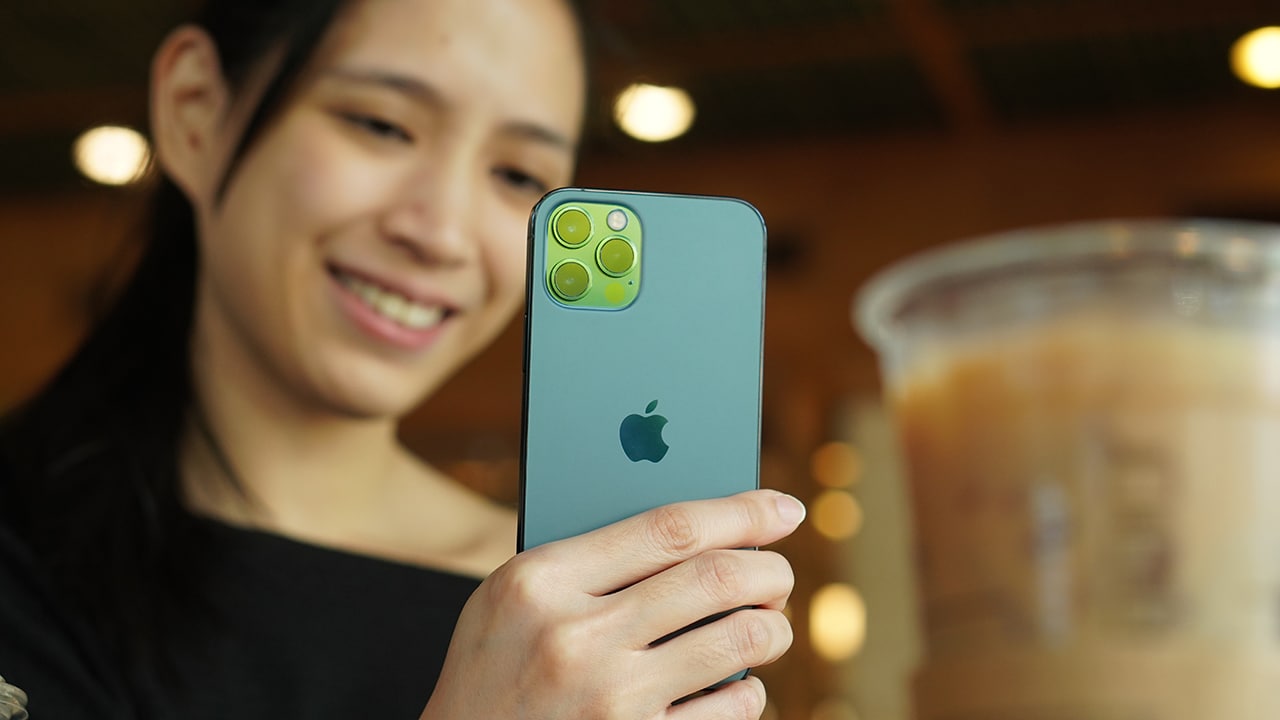
Perhaps my favorite feature about the iPhone 12 is its departure from the rounded edges that started with the iPhone 6. The flat edge not only feels like you’ve got a valuable and durable piece of technology in your hands, but it just looks really great, too. The rounded edges of the past felt cheap and flimsy to me, so going back to the squared edges was a great move on design.
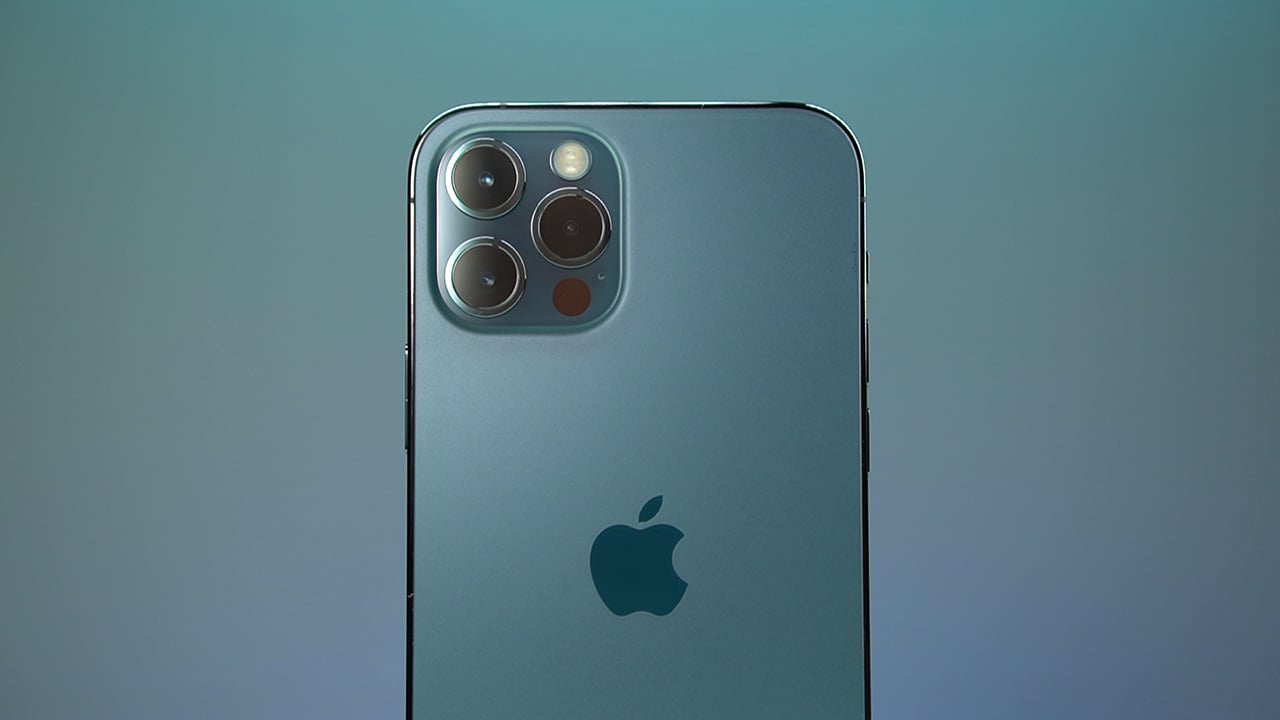
Unlike its flat-edged predecessors, all the iPhone 12 variants are sleeker and, simply put, just built better. Built much tougher with its Ceramic Shield display, the iPhone 12 knows that it has no business being carried around in a case—the design is just too good to stifle inside one.
The iPhone 12 Pro in particular gets a surgical-grade stainless steel body, giving it a more premium look and extra grip.
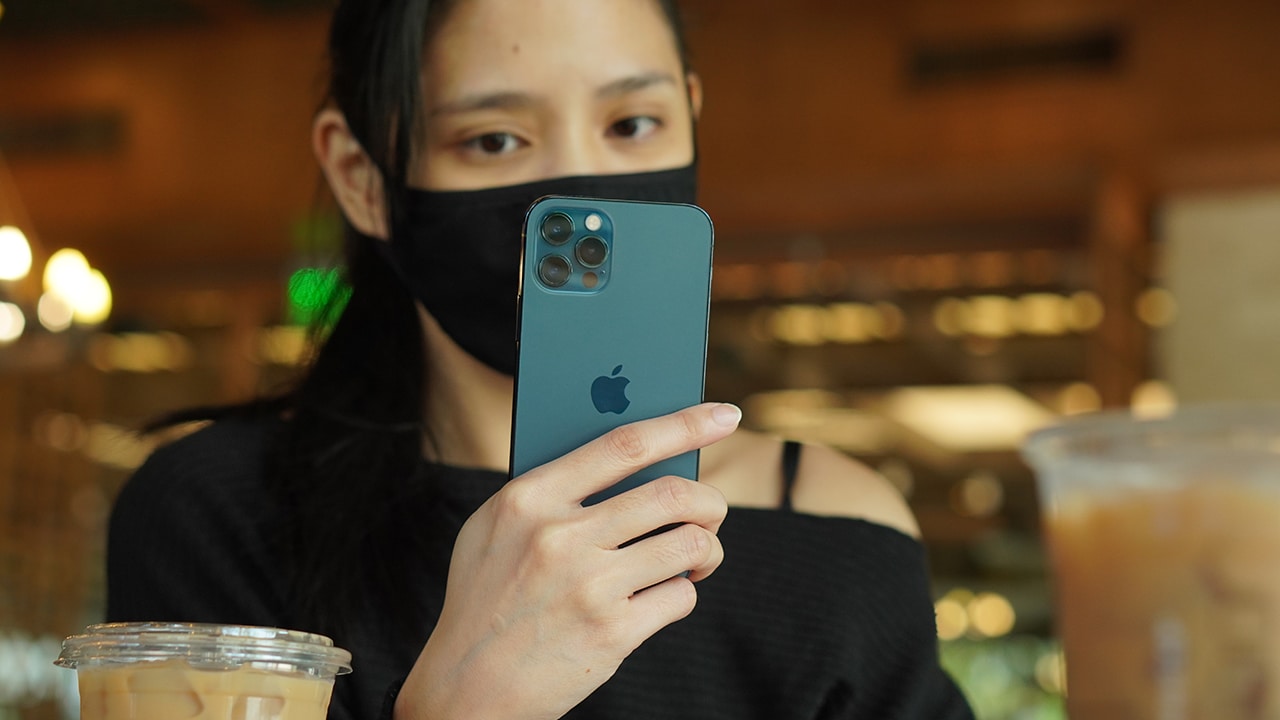
From the 5.8-inch display of the iPhone 11 Pro, it is quite a leap that the iPhone 12 Pro comes with a whopping 6.1-inch display. To be honest, when my phone was delivered to me, I thought I was mistakenly delivered the Pro Max. The iPhone 11 Pro Max is just a tad bigger at 6.9 inches in display size.
Despite the jump in display size, however, it doesn’t take anything away from the overall feel in your hand.
Display
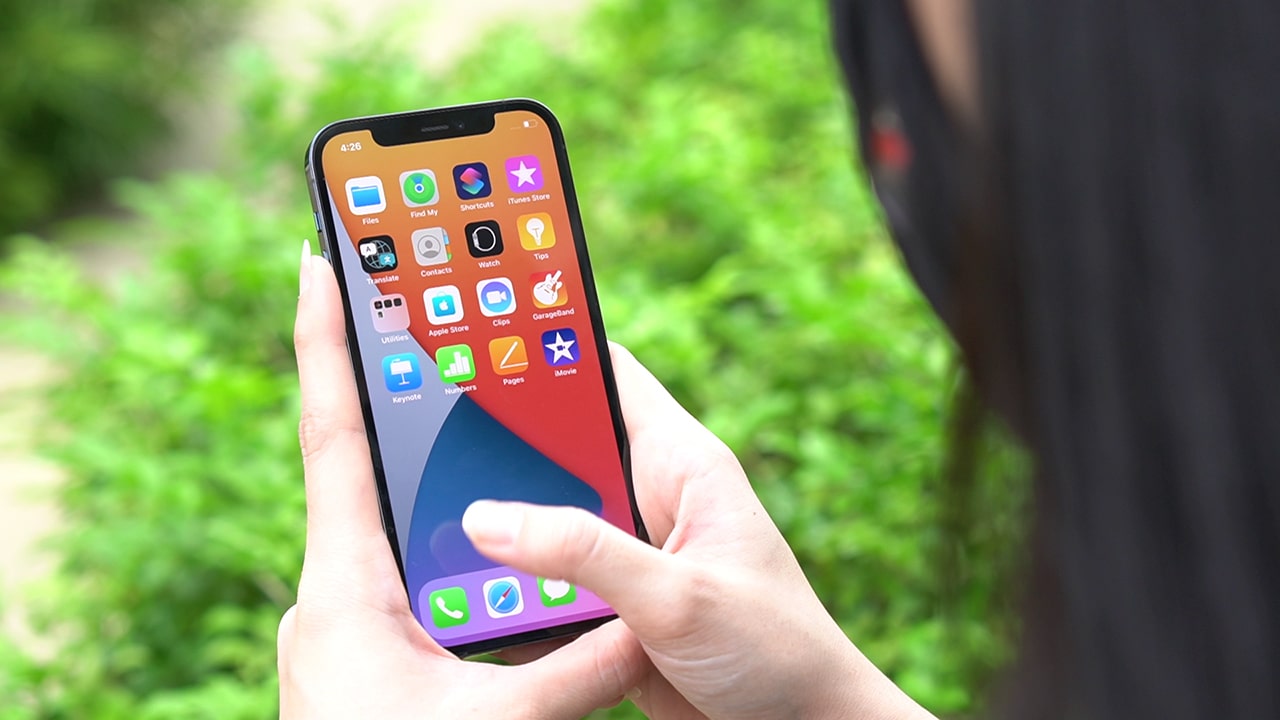
Let’s talk about the experience that a 6.1-inch screen gives you, shall we? Personally, I stay away from big phones. My threshold is pretty straightforward: if I can’t send messages with one hand, then the phone is a ridiculous size.
Amazingly, even with all the screen real estate, I have no problems typing up messages with just one hand. There is also quite a significant difference when you are watching videos or viewing photos on a 6.1-inch display.
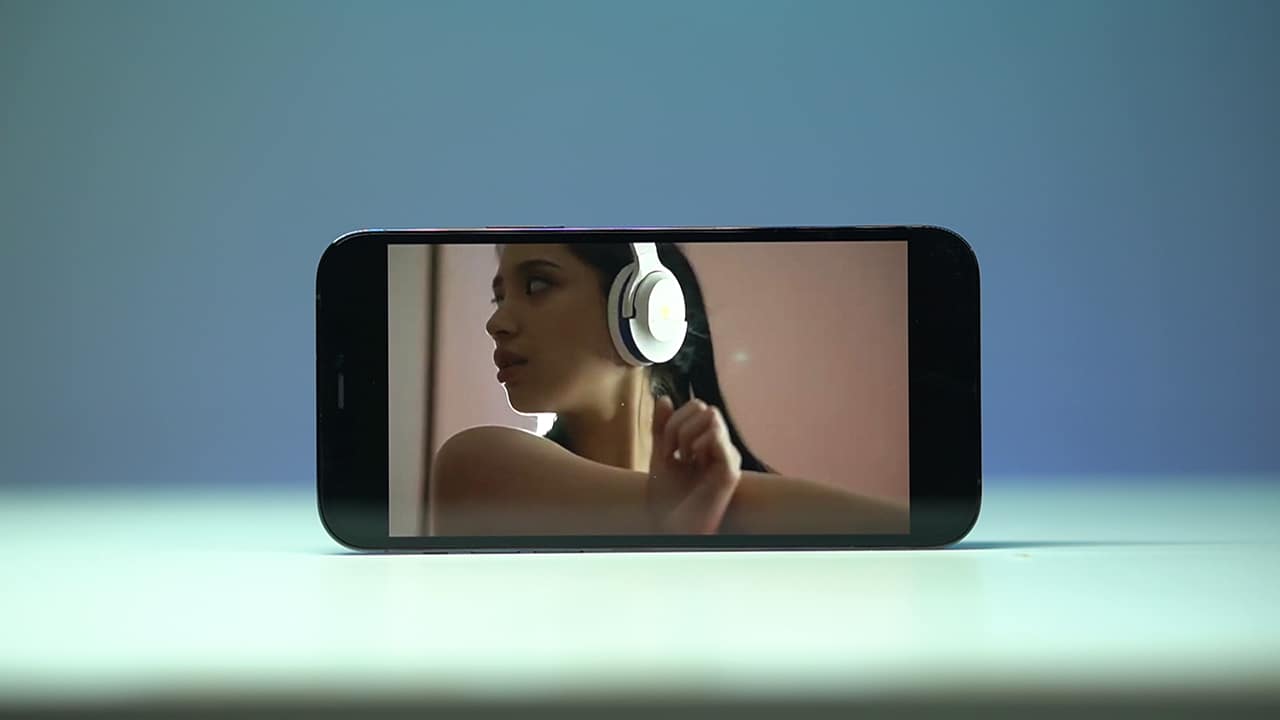
Coming from an iPhone XS, or even the iPhone 11 Pro, the noticeable size difference was surprisingly a welcomed change. Because Apple barely has any bezel bothering you save for the notch up top, you really feel that all the screen real estate a 6.1-inch display gives is maximized.
I think screen size is an integral part of the iPhone 12 Pro’s design because it really showcases all the new technology that Apple equipped it with. It’s not a big jump in display specs or even in resolution if you’re coming from an iPhone 11 Pro, but the OLED display on the iPhone 12 Pro is noticeably more vibrant.
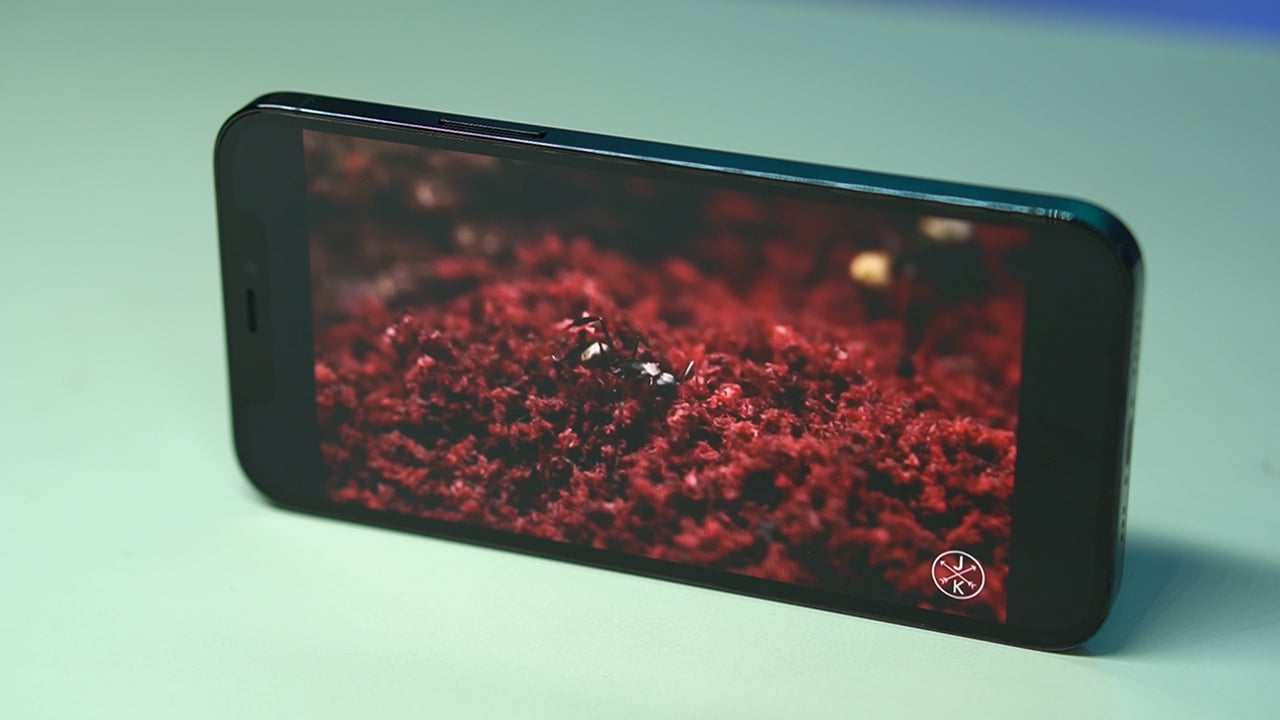
The deeper contrasts the screen casts are particularly visible when you crank up the brightness.
Camera
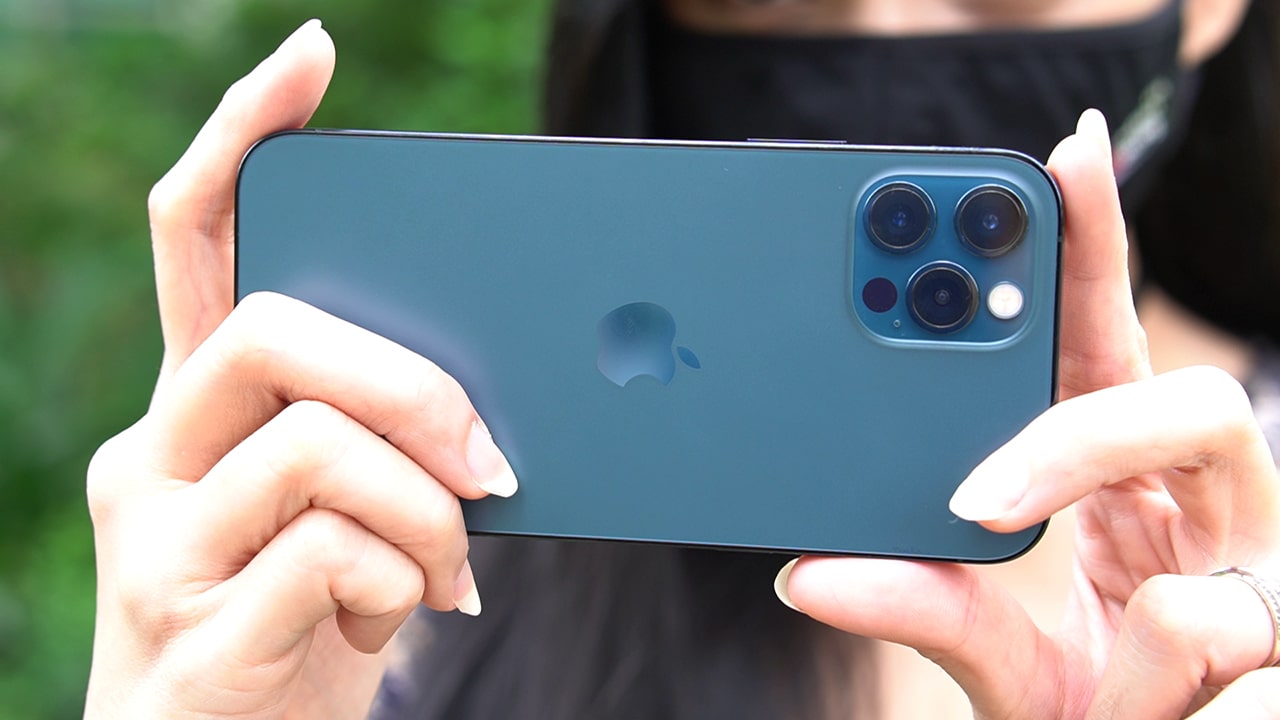
Possibly the biggest feature I am most pleased with is the iPhone 12 Pro’s camera. Keep in mind, my jump was from an iPhone XS, so the changes in camera performance were epic for me. My husband is on an iPhone 11 Pro Max, however, and I remember being dumbfounded by the camera’s ability to capture a decent image in total darkness.
At that time, I thought the new features on the iPhone 11 cameras were such a momentous leap. Who knew that the iPhone 12 Pro could do better?
The photo was taken in complete darkness on an iPhone 11 Pro Max:

Since both the iPhone 12 Pro and its predecessor pretty much share the same camera specs save for very few and minute improvements, I thought there wasn’t really going to be any substantial difference when capturing images where light is ample.
And because LiDAR is the most noteworthy feature between the two devices, I decided to do a side-by-side comparison of images taken from the iPhone 12 Pro and the iPhone 11 Pro Max in low light and no light environments.
The camera on the iPhone 12 Pro definitively gives a sharper image, especially on the areas that have the least light. Notice that the iPhone 11 Pro Max’s capture of the C’thulhu figure has gone blurry.
The camera also compensated with what seems to be its version of white balance in an effort to salvage the subject. On the other hand, the iPhone 12 Pro didn’t have any problems capturing the C’thulu figure. It even showed some depth as the darker areas of the subject were also captured.
There was no obvious compensation made by the iPhone 12 Pro’s camera either. Strictly considering how it appears to the human eye, the iPhone 12 Pro’s ability to replicate what I see, even in very minimal light, supersedes its predecessor by a long shot.
In total darkness, the image on the iPhone 11 Pro Max is grainy and blurry while the image taken by the iPhone 12 Pro is smoother, giving an illusion of a sharper image. Both images were taken at 1.9x zoom in a closed room with no light source or flash.
Even though it is highly unlikely that a user would take photos in total darkness, I found LiDAR most useful when I took this photo.
Focusing on a subject you can’t see had a significantly faster response time on the iPhone 12 Pro. The 12 Pro didn’t have any issues when focusing and zooming in at the same time in complete darkness, either.
I also used the Measure App to test the LiDAR and the reaction time on the iPhone 12 Pro was almost instantaneous. The iPhone 11 Pro Max could not even pick up on the object being measured since I tested the app in a low-light environment.
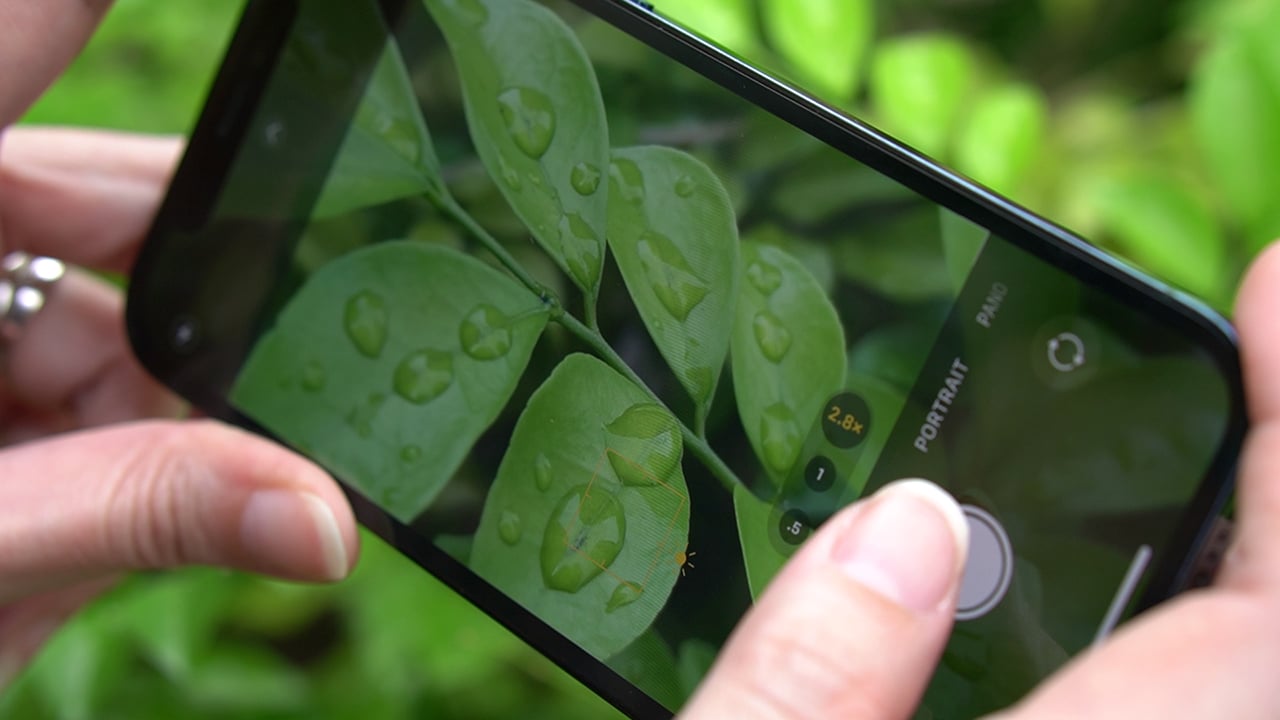
Another notable feature is the clarity of photos taken when zoomed in with low light. Images remain crisp for as long as you manage to remain as still as you can during the prolonged “aperture exposure.” The combination of the slight increase in optical zoom range with LiDAR translates beautifully on close-ups in a low light setting on the iPhone 12 Pro.
Probably the most disappointing feature on the 12 Pro is the front camera. With all the capabilities of the other cameras, it seems Apple didn’t really put any effort to improve the phone’s selfie-taking capabilities.
If I didn’t know any better, I’d think Apple was discouraging the selfie-culture with the lack of development in their front cameras. The selfie community will just have to make do, I guess.
Battery
Even though I was very keen on the iPhone 12 Mini’s size combined with its widespread positive reception from initial users, battery life just holds up better on the iPhone 12 Pro. If you’re like me and work on your phone a lot, any added juice is welcomed and highly prioritized. The deal-breaker of the iPhone 12 Mini for me was its reduced battery life to accommodate its more compact body.
Charging time on the iPhone 12 Pro is pretty decent, giving you half power at 30 minutes charge time on the standard Apple lightning cable and socket charger. An hour and a half will get you a full charge that will last a complete 24 hours of regular use.
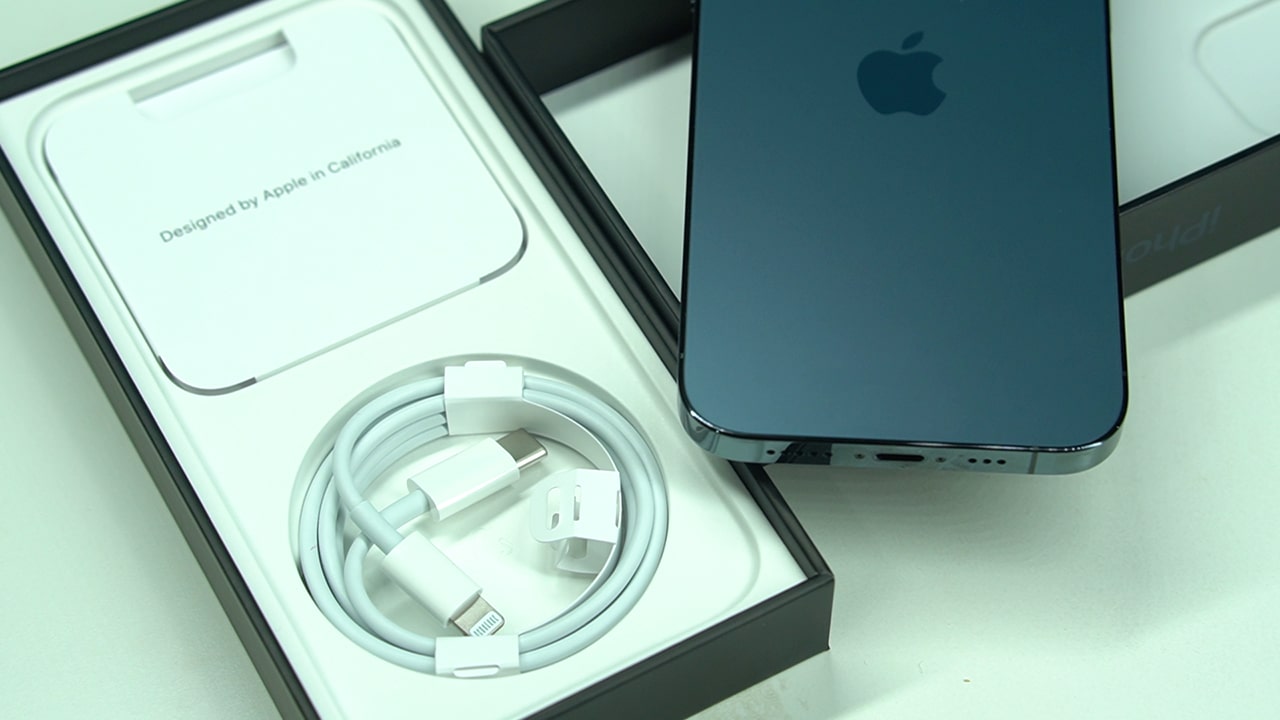
Since there is no 5G where I am located, I cannot really comment on how this affects battery life. Many have complained of significant battery consumption when the 5G network is used.
It is to be noted that the new iPhone 12 comes in a much compact box than it used to because a Lightning to USB-C cable is all you’re going to get. Gone are the free earphones and socket charger. I also cannot comment on MagSafe charging just yet since I had to order that separately and the Apple Store online we have access to ships products all the way from Singapore.
Other noteworthy features
The iPhone 12 Pro possibly represents the biggest leap between past iPhone predecessors both inside and out. Apart from all the features discussed, which make the 12 Pro great externally, Apple also released the world’s first 5nm processor leaving most Android phones eating its dust.
Releasing four iPhone 12 variants was also a bold move by Apple, but the products are brilliantly positioned to target a broader market while appealing to specific needs of the said market. Changing up color options not also differentiates the recent, better-built iPhones giving it a fresher aesthetic.
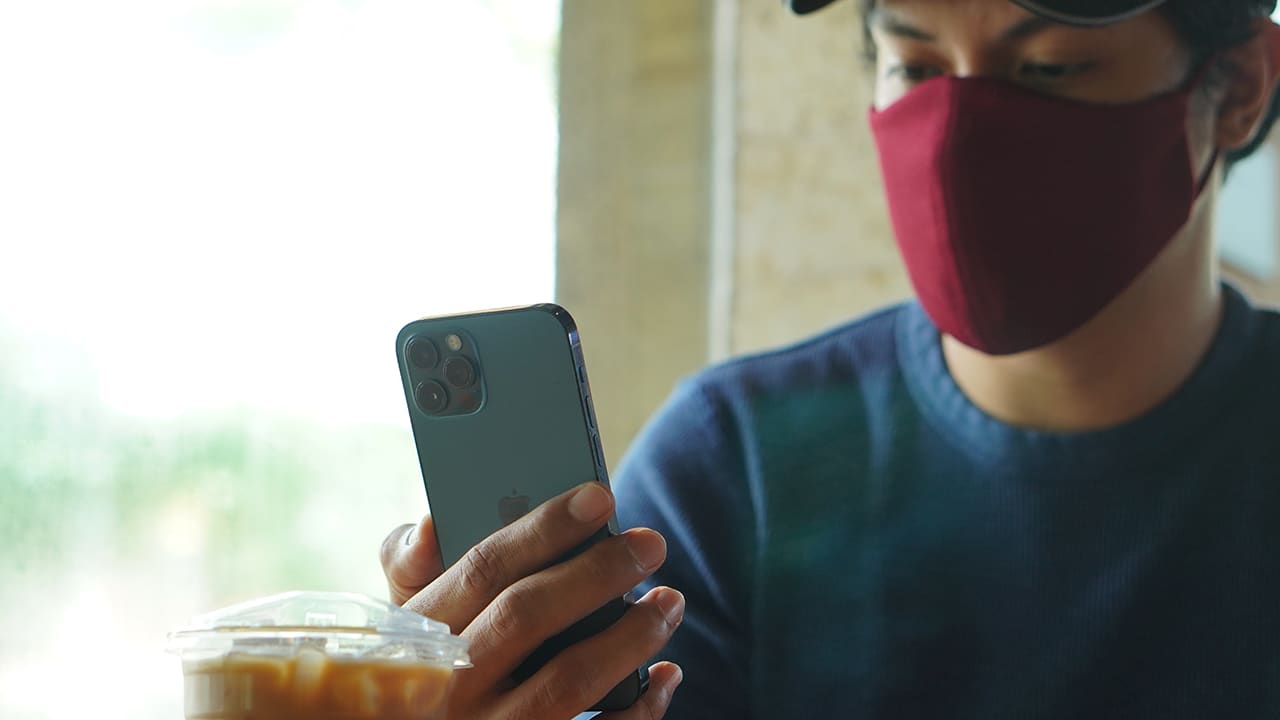
iPhones allowed me to abandon my DSLR cameras of past, especially during my travels. It’s exciting to finally see Apple as a frontrunner again after playing catch up for the longest time on camera capabilities. LiDAR was not even a consideration when I was choosing between the four iPhone 12 variants and I am very glad I settled with the iPhone 12 Pro as I am really enjoying this feature.
It’s also useful to know that Apple One is now currently available as a subscription option in the Philippines. Apple One gives you Apple TV, Apple Music, 50 gigs of iCloud space, and Apple Arcade for only PhP 375 a month. If you are subscribed to any two of the apple subscriptions mentioned individually, the Apple One offer is a steal.
Deeply embedded in the Apple ecosystem, all your subscriptions run on any of your Apple devices. Streaming a show on Apple TV that you initially began on your laptop or iPad at home can be easily continued on your iPhone while on the go, starting exactly where you left off from your previous device.

With the new iPhone 12 Pro, streaming a show from Apple TV gives you the same vibrant colors your OLED TV does. Imagine that. The seamless Apple Eco System works particularly well for me when using Apple Arcade. Any app or game that requires you to do gestures like pinching and enlarging is now much easier on the new iPhone 12 Pro.
Final thoughts
The iPhone 12 Pro’s entry-level capacity is a decent 128GB, which is the main price driver in this series’s Pro variants. Let me repeat that: The 12 Pro has a capacity of 128GB at entry-level. Coming from the Mac OS9 days when Apple was yet to be user-friendly, I sometimes find myself fascinated over the fact that a 6-inch piece of metal is now more powerful than computers from 15 years ago.
Together with the new Mac Minis, its buzz-worthy new processors, and the company’s new subscription formats like Apple Arcade, my interest has once again been piqued by Apple. I look forward to anticipating what they come up with next. Tim Cook has stepped up his game considerably and is finally doing a good job at filling in some very big shoes.

